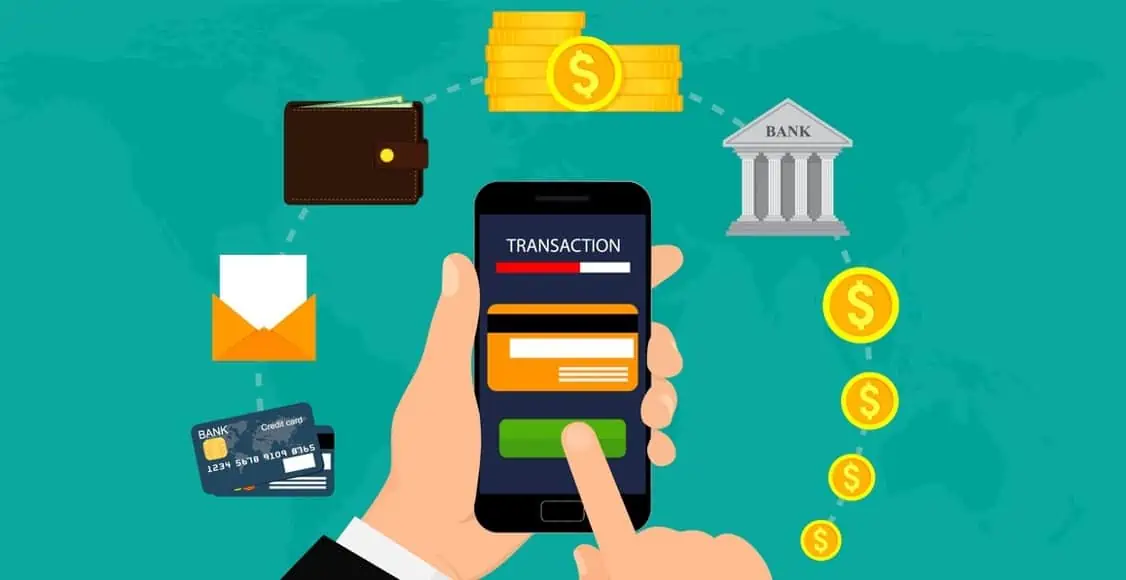In this session of Payment Transactions, we deal with the entire process and details of how does digital money move from one bank account to another? When Alice wants to pay $10 to Bob, does Alice’s bank simply subtract $10 from her account and tell Bob’s bank to add that $10 to Bob’s account? And then how do the banks settle that $10 up between them?
Payment Transactions can be a complex method as illustrated through the below-mentioned examples:
- Same bank
- Different banks
- Cross border (same currency)
- Foreign exchange

Payment Transactions in the Same Bank
If Alice is trying to pay $10 to Bob and they both have accounts at the same bank, it is relatively straightforward. Alice instructs her bank to make the Payment Transactions, and the bank then adjusts their records by subtracting $10 from Alice’s account and adding $10 to Bob’s account. In banking jargon, some banks call this a ‘book transfer’ as it is just a transfer from one account to another and no money moves into, or out of, the bank.
If you imagine a bank as managing a giant spreadsheet with a list of account holders in the first column and a list of balances in another column, the bank subtracts ten from Alice’s row and adds ten to Bob’s row. I refer to this book transfer as a ‘-10/+10’ transaction. Because this accounting entry has been entirely internal to the bank, we can say that the transaction ‘settles across the bank’s books’ or is ‘cleared by the bank’
It is important to understand that in Payment Transactions the money in customer accounts is a liability of the banks: when you log into your online banking and see $100 in your account, this means the bank owes you $100 and should either pay you that money on demand (via a cashier or cash machine), or they need to pay someone else (a coffee shop, a supermarket, or your friend) when you instruct and authorize them to do so.
So while from your point of view, the money in your account is an asset, from the bank’s point of view, the money in your account is an outstanding liability.
Payment Transactions in Correspondent Bank Accounts
If you set up a new business, the first thing you would want to do is open a bank account to let you make Payment Transactions for sending and receiving money. Banks are no different. If you set up a new bank, you still need bank accounts in order to participate in digital payments. accounts in order to participate in digital payments. In Payment Transactions, correspondent bank accounts are industry jargon for the bank accounts that banks open with other banks. Correspondent banking describes activities related to the use of these accounts.
In your new bank’s balance sheet, the deposits you hold in your no stores would appear as assets, in the same way as, you (as an individual) consider the deposits you hold in your bank to be your assets. The bank that you opened the account with, your correspondent bank, shows those funds as their liability, in the same way as your own consumer bank regards your individual deposits as its liability.
Suggested Topic
If you like our blog and posts, please share them with your friends and spread the word. Please feel free to share your suggestions and feedback in our contact and help us to improve at this.
Latest Posts










